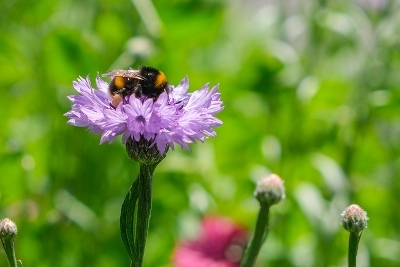The mowing mystery

When and why we cut (or don't) cut grass

Grass mowing isn't just about keeping things tidy; it's often about creating a balance between urban spaces and nature.
However, the 'green divide' around making the decision of when and where to cut often raises questions.
So, why does some grass stay long and what informs the balancing act of the Council's grass management?
Sometimes, Mother Nature is the key decision maker as we're always bound by weather conditions. Or are we just trying to save money? Less mowing certainly means less expenditure, but the biggest driver is to ensure we foster an environment where biodiversity thrives.
Longer grass encourages wildflowers to bloom, supporting pollinators like bees and butterflies that are vital to our ecosystem. It also creates habitats for small mammals, birds, and insects, which play critical roles in maintaining ecological balance. Allowing grass to grow uncut reduces soil erosion, improves water absorption and can even help to sequester carbon, making it an important tool in the fight against climate change.
This approach isn't just about letting nature take the lead; it's also about sustainability.
By reducing mowing, councils can decrease emissions from lawn equipment, cut maintenance costs and align with environmental targets.
Explaining these benefits is key to creating a shared understanding of how these practices contribute to healthier, greener spaces.
So, while less mowing may raise eyebrows at first, it ultimately redefines what 'an acceptable appearance is' shifting the focus from manicured lawns to a more harmonious coexistence with the natural world.
Check the council's social media for updates on urban grass cutting schedules in your area.
Longer grass encourages wildflowers to bloom, supporting pollinators like bees and butterflies that are vital to our ecosystem




